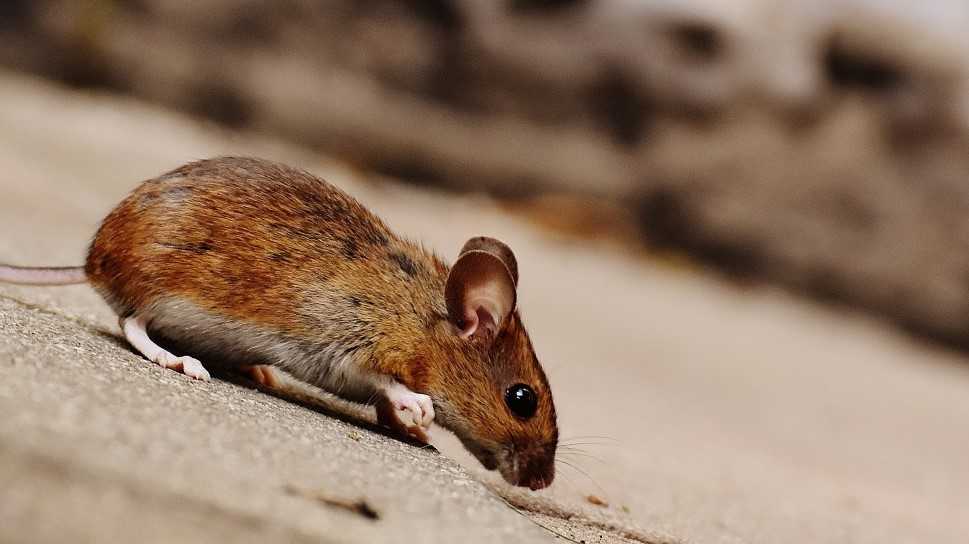Researchers have developed an open source camera system that captures natural habitats as they appear in the eyes of a mouse
Over the course of evolution, animals have adapted to the particular needs of their local environments in ways that have increased their chances of survival and reproduction. This also applies to several aspects of the sensory systems that allow species to perceive their surroundings. In the case of the visual system, these adaptations have modeled characteristics such as the positioning of the eyes and the relative acuity of the different regions of the retina. The depth of the sight and color vision in mammals they have an important effect on the ability to find food, escape predators and choose mating partners. However, our knowledge of the functional evolution of visual systems in mammals has remained relatively poor. Over the past 10 or 15 years, the top it has become the preferred model for studying visual information processing. However, we don’t really know how mice truly perceive the world around them.

A camera that captures the view of the mouse
Mice are dichromatesIn other words, they have two types of cone cells (the receptors responsible for color vision) in their retinas. These cells detect electromagnetic radiation in the regions of the spectrum verde e ultraviolet, centered on wavelengths of 510 nanometers (nm) and 350 nm, respectively. The researchers developed a low-cost open source camera that, unlike conventional cameras, was specifically designed to record images at the wavelengths a mouse sees. For ease of use in the field, the portable camera is equipped with a gimbal, thus avoiding sudden and unintentional changes of perspective.

An evolutionarily useful view
The researchers used this camera to capture the environment as it would appear to a mouse, at different times of the day. They thus noticed that the will be wavelengths close to UV were affirmed. This is particularly useful for getting more details of the evening and night sky. This adaptation serves to perceive the movements of nocturnal birds such as i birds of prey, typical of them predators. During the day, however, the wavelengths of green prevailed, useful for finding the sources of food. Furthermore, the intensity of this vision also changes. In the upper part of the view, the colors related to blue and ultraviolet are concentrated more with greater contrasts between light and dark, while the wavelengths of green tend to bind to the lower part of the mouse’s view. For the researchers, these are evidence of how sight is also functionally linked to the survival of the species. This study could help us understand even problems or visual dysfunctions typical of thehuman being.
Follow us in our section sciences for other news!















Leave a Reply
View Comments